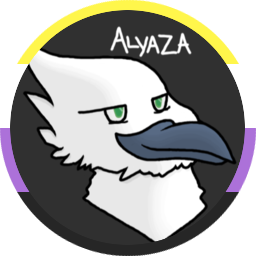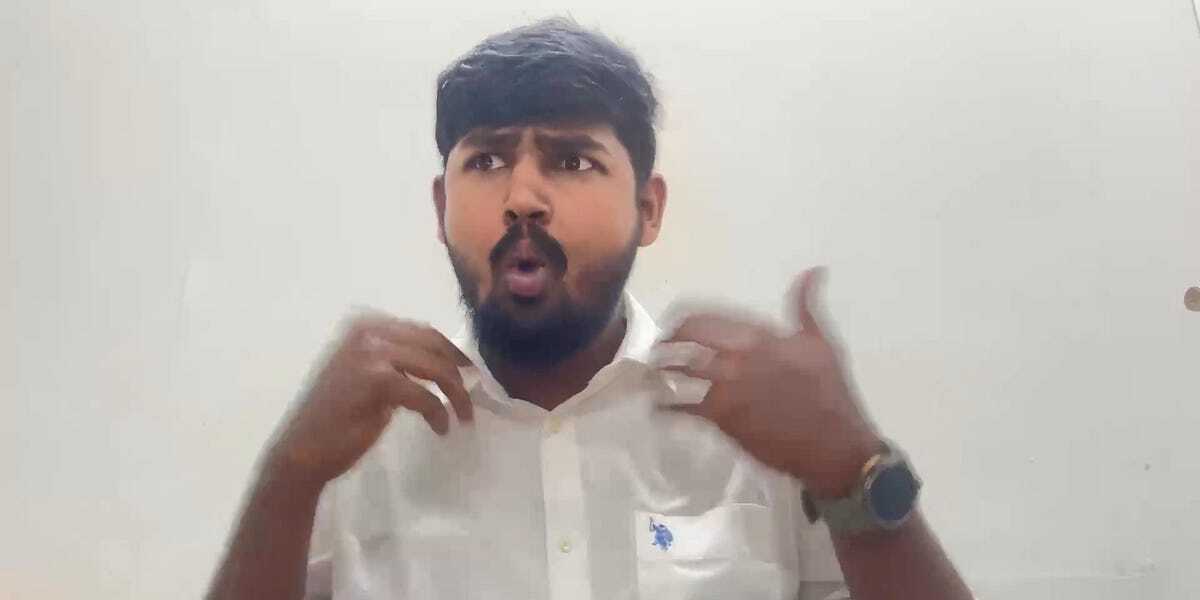With gestures and mime rolled into one, this little-known art form, called Visual Vernacular (VV), is proudly used by the Deaf community for artistic expression. In VV, visual storytelling replaces formal signs, enabling people from both the Deaf and hearing communities to connect, understand each other and communicate without words.
In India, while Deaf artists are eager to showcase their art, there are very few welcoming, inclusive art spaces for them. A lack of familiarity among the hearing community with sign language and the access needs of d/Deaf people has resulted in inaccessibility not only in art and cultural spaces, but also in education and employment. This gap in knowledge among hearing people limits interaction between the hearing and Deaf communities and is also a barrier to current advocacy efforts to make Indian Sign Language (ISL) the 23rd official language of India.
Alim Chandani is a Deaf activist working to integrate Deaf artists into the mainstream art scene in India. As the mission leader of Hear A Million, a project by the NGO Enable India that helps the Deaf community to lead productive lives, and the founder of the social enterprise Freedom to Sign, Chandani is bringing together Deaf artists and supporting them in honing their skills in VV and other forms of art including photography, painting, filmmaking, and poetry.
VV is still an emerging art in India, but it is as old as The Beatles. It is said to date back to the 1960s in the United States, when Deaf artist Bernard Bragg began blending mime techniques with American Sign Language. Over the years, Bragg’s innovative art has spread worldwide, gaining popularity in countries like Denmark, Germany and the United Kingdom. Joel Ortiz, a VV artist and founder of Joz Studio based in Orlando, Florida, says that across the globe, VV is being used not only as an art, but also “for activism and cultural expression.”


